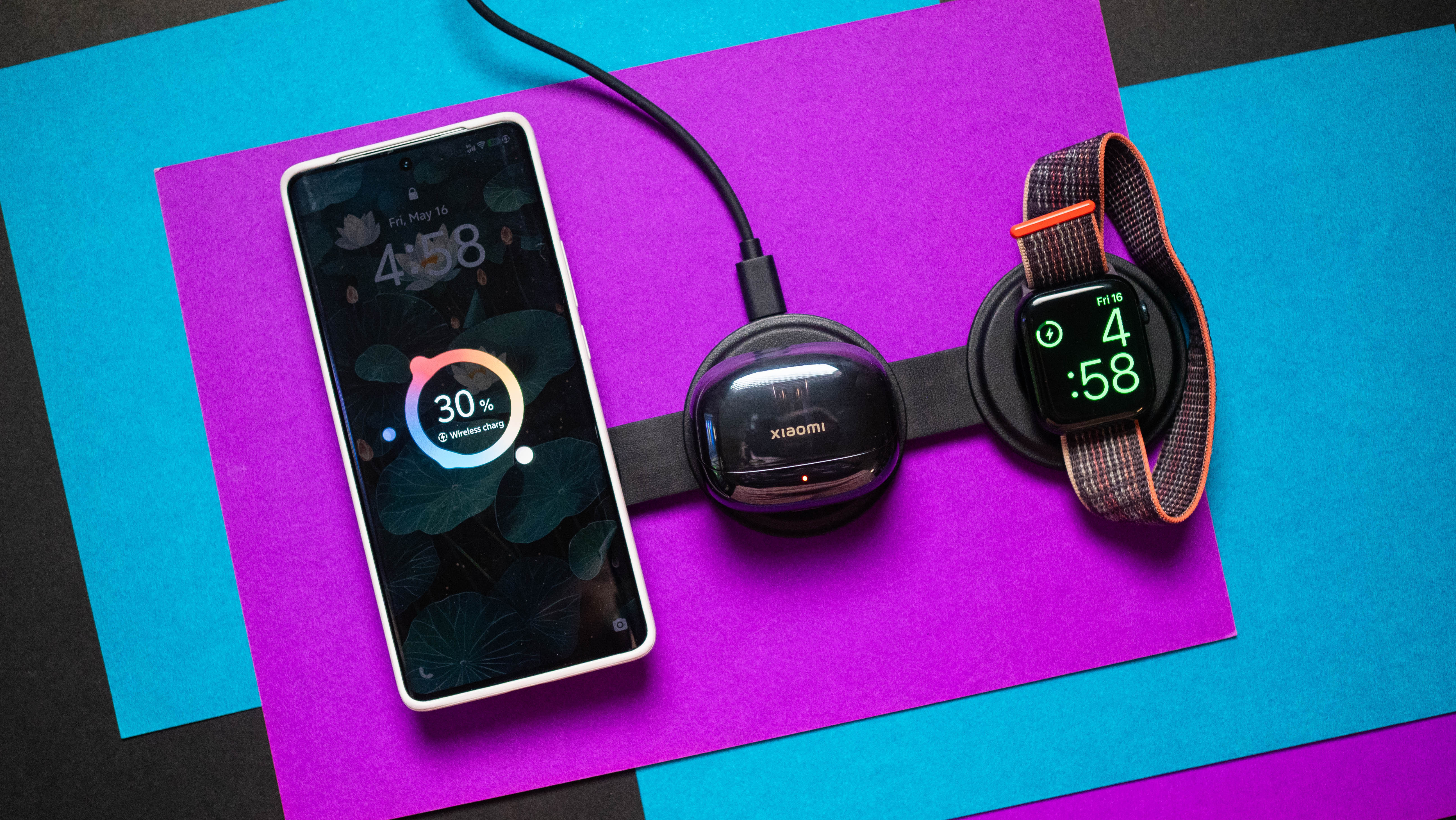Protect Your Web App in 2025: 7 OAuth & JWT Hacks You Wish You Knew Yesterday
Web apps are under siege in 2025. Cybercriminals are more sophisticated, APIs are under constant attack, and traditional authentication methods like session cookies or static API keys just don’t cut it anymore. According to Verizon’s 2023 Data Breach Investigations Report, 74% of breaches involved the human element—including social engineering, errors, and misuse of credentials. That means the majority of attacks could have been mitigated with stronger access controls and token-based authentication. OAuth 2.0 and JWT (JSON Web Tokens) are the unsung heroes behind today’s most secure apps. If you’re not using them—or using them wrong—this blog is your wake-up call. Here are 7 security hacks with OAuth & JWT that can instantly elevate your app’s protection. 1. Short-Lived Tokens + Rotation = Token Hygiene Security starts with smart expiration. Long-lived tokens are dangerous; once compromised, they offer long-term access. Instead, use: Access tokens valid for only a few minutes (e.g., 10–15 mins) Refresh tokens that are securely stored and rotated after each use This combo dramatically reduces exposure windows. According to OWASP, rotating refresh tokens and avoiding long expiration on access tokens are essential for safe token usage. JWT Token Example: { "iss": "https://auth.yourapp.com", "sub": "user_id_12345", "aud": "https://yourapp.com/api", "exp": 1716500000, "scope": "read:profile" } 2. Always Validate aud and iss Claims JWTs come with powerful built-in claims like: iss (issuer): Who issued the token aud (audience): Who the token is intended for Validating these ensures your app doesn’t accept rogue tokens issued by other systems or for different clients. Misconfigurations here are a leading cause of broken access control vulnerabilities as highlighted in the OWASP API Security Top 10.

Web apps are under siege in 2025. Cybercriminals are more sophisticated, APIs are under constant attack, and traditional authentication methods like session cookies or static API keys just don’t cut it anymore.
According to Verizon’s 2023 Data Breach Investigations Report, 74% of breaches involved the human element—including social engineering, errors, and misuse of credentials. That means the majority of attacks could have been mitigated with stronger access controls and token-based authentication.
OAuth 2.0 and JWT (JSON Web Tokens) are the unsung heroes behind today’s most secure apps. If you’re not using them—or using them wrong—this blog is your wake-up call.
Here are 7 security hacks with OAuth & JWT that can instantly elevate your app’s protection.
1. Short-Lived Tokens + Rotation = Token Hygiene
Security starts with smart expiration. Long-lived tokens are dangerous; once compromised, they offer long-term access. Instead, use:
Access tokens valid for only a few minutes (e.g., 10–15 mins)
Refresh tokens that are securely stored and rotated after each use
This combo dramatically reduces exposure windows. According to OWASP, rotating refresh tokens and avoiding long expiration on access tokens are essential for safe token usage.
JWT Token Example:
{
"iss": "https://auth.yourapp.com",
"sub": "user_id_12345",
"aud": "https://yourapp.com/api",
"exp": 1716500000,
"scope": "read:profile"
}
2. Always Validate aud and iss Claims
JWTs come with powerful built-in claims like:
iss (issuer): Who issued the token
aud (audience): Who the token is intended for
Validating these ensures your app doesn’t accept rogue tokens issued by other systems or for different clients. Misconfigurations here are a leading cause of broken access control vulnerabilities as highlighted in the OWASP API Security Top 10.









![Epic Games: Fortnite is offline for Apple devices worldwide after app store rejection [updated]](https://helios-i.mashable.com/imagery/articles/00T6DmFkLaAeJiMZlCJ7eUs/hero-image.fill.size_1200x675.v1747407583.jpg)

































































































































































![[The AI Show Episode 146]: Rise of “AI-First” Companies, AI Job Disruption, GPT-4o Update Gets Rolled Back, How Big Consulting Firms Use AI, and Meta AI App](https://www.marketingaiinstitute.com/hubfs/ep%20146%20cover.png)































































































































![How to make Developer Friends When You Don't Live in Silicon Valley, with Iraqi Engineer Code;Life [Podcast #172]](https://cdn.hashnode.com/res/hashnode/image/upload/v1747360508340/f07040cd-3eeb-443c-b4fb-370f6a4a14da.png?#)

















































































































.png?width=1920&height=1920&fit=bounds&quality=70&format=jpg&auto=webp#)





















![[Virtual Event] Strategic Security for the Modern Enterprise](https://eu-images.contentstack.com/v3/assets/blt6d90778a997de1cd/blt55e4e7e277520090/653a745a0e92cc040a3e9d7e/Dark_Reading_Logo_VirtualEvent_4C.png?width=1280&auto=webp&quality=80&disable=upscale#)














































































-xl-(1)-xl-xl.jpg)











![How to upgrade the M4 Mac mini SSD and save hundreds [Video]](https://i0.wp.com/9to5mac.com/wp-content/uploads/sites/6/2025/05/M4-Mac-mini-SSD-Upgrade-Tutorial-2TB.jpg?resize=1200%2C628&quality=82&strip=all&ssl=1)
![‘Apple in China’ book argues that the iPhone could be killed overnight [Updated]](https://i0.wp.com/9to5mac.com/wp-content/uploads/sites/6/2025/05/Apple-in-China-review.jpg?resize=1200%2C628&quality=82&strip=all&ssl=1)














![iPhone 17 Air Could Get a Boost From TDK's New Silicon Battery Tech [Report]](https://www.iclarified.com/images/news/97344/97344/97344-640.jpg)
![Vision Pro Owners Say They Regret $3,500 Purchase [WSJ]](https://www.iclarified.com/images/news/97347/97347/97347-640.jpg)
![Apple Showcases 'Magnifier on Mac' and 'Music Haptics' Accessibility Features [Video]](https://www.iclarified.com/images/news/97343/97343/97343-640.jpg)
![Sony WH-1000XM6 Unveiled With Smarter Noise Canceling and Studio-Tuned Sound [Video]](https://www.iclarified.com/images/news/97341/97341/97341-640.jpg)










































![Apple Stops Signing iPadOS 17.7.7 After Reports of App Login Issues [Updated]](https://images.macrumors.com/t/DoYicdwGvOHw-VKkuNvoxYs3pfo=/1920x/article-new/2023/06/ipados-17.jpg)





























